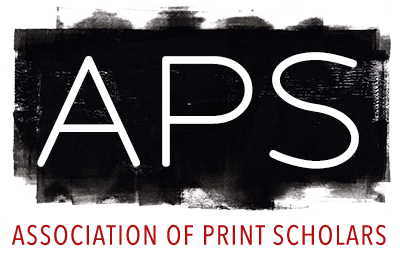Harvard Art Museums,
Cambridge,
MA, United States.
08/31/2019 -
01/05/2020.
Critical Printing is an experimental course offered by Harvard’s Department of Art, Film, and Visual Studies that integrates studio and seminar instruction, allowing students to explore print as artists and scholars simultaneously. In this installation, as in the course, prints are organized not by medium or chronology, but by fundamental modes of critical thinking that emerge from the printmaking process. In the gallery, works are grouped around the following themes:
Reversal. In most forms of printmaking, the image is reversed as it passes between the matrix (the block or plate) and the paper. Many artists choose to preserve the impact of that original inversion in the final print, by composing with symmetries that suggest reversal or by exploiting the conceptual, social, and historical destabilizations that occur when texts and images are reversed.
Pressure. Printing involves the transfer of an image, under pressure, between two surfaces in direct physical contact. This means that all prints carry an immediate physical memory of their matrices, and many retain sculptural evidence of the deformations incurred in printing. Prints are therefore ideal for exploring themes of contact, memory, impression, and even oppression.
Color Separation. Each color in a print usually must be printed separately, from its own matrix. The color structure thus emerges sequentially and expresses itself in layers. Colors are “mixed” by layering, and inks can be sequenced to generate effects of coverage, veiling, or transparency. These effects lend themselves to meditations on temporality and on the broader cultural implications of color and visibility.
Depth. Printmakers work with plates, blocks, or screens with varying qualities of thickness and resistance. Whether incising or masking those matrices, they create material dramas of surface and depth that resonate with contemporary questions of identity, interiority, and trauma.
Replicability. The ability of printing to multiply and disseminate images, creating a form of visual public life, has had immense implications for modernity. The vitrine in the center of the room spotlights a single aspect of that capacity: the relationship between prints and the creation and authentication of cultural and economic value.
Over 20 prints are featured, including works by the following artists: Otto Dix, Helen Frankenthaler, Jesse Aron Green, Jasper Johns, Corita Kent, Jackson Pollock, Robert Rauschenberg, May Stevens, Utagawa Hiroshige, Edouard Vuillard, and John Wilson. Also included are examples of Notgeld, emergency currency printed in Weimar Germany around 1920.
This installation’s related course is taught by Jennifer Roberts, Elizabeth Cary Agassiz Professor of the Humanities; and Matt Saunders, Harris K. Weston Associate Professor of the Humanities, Harvard University.
